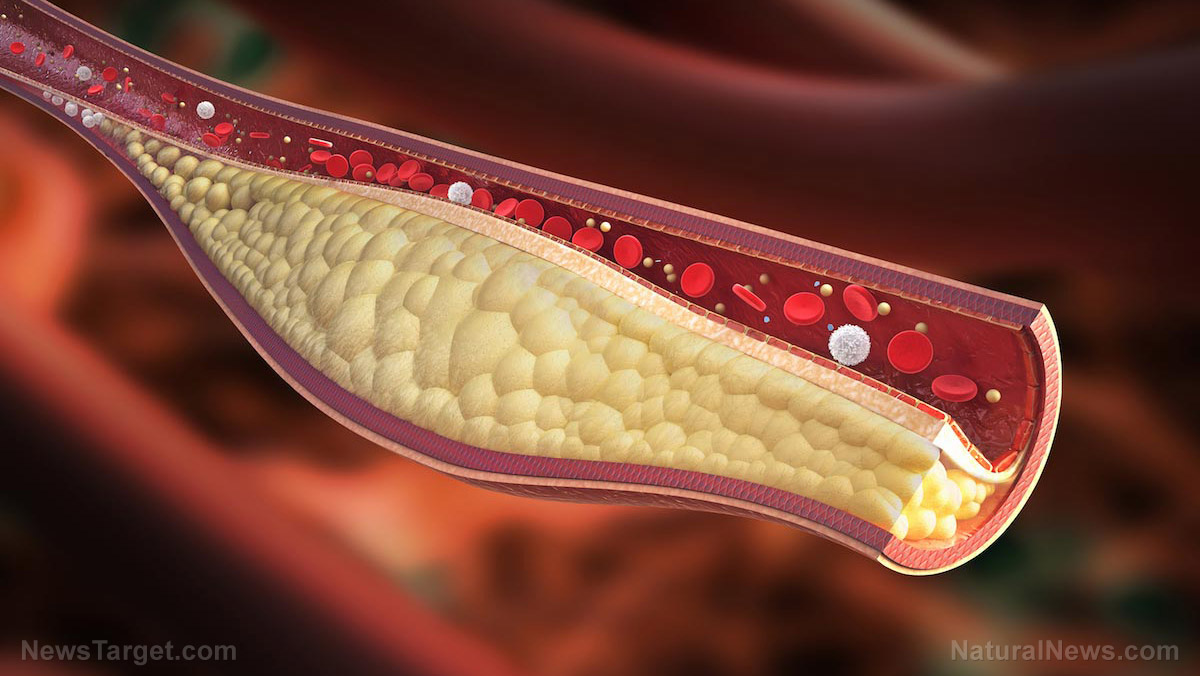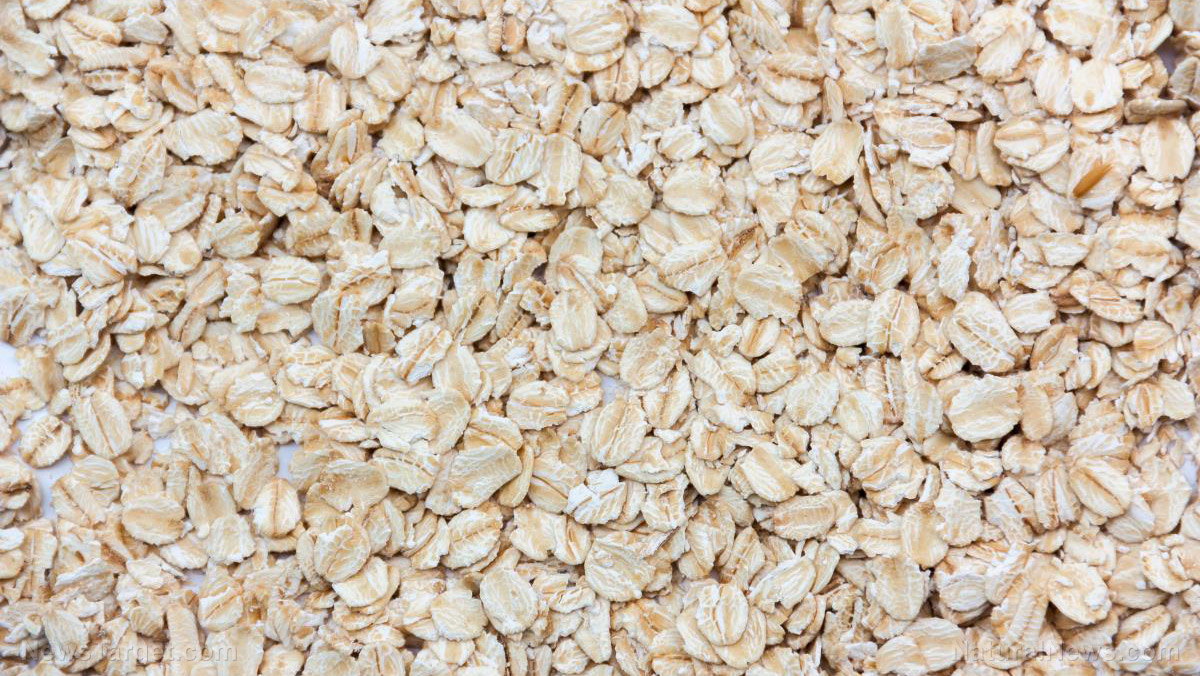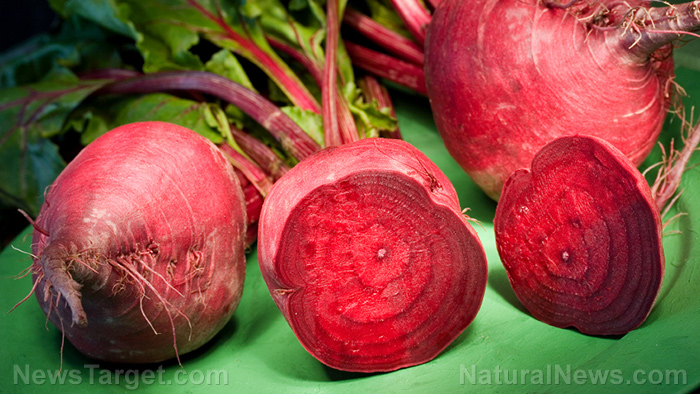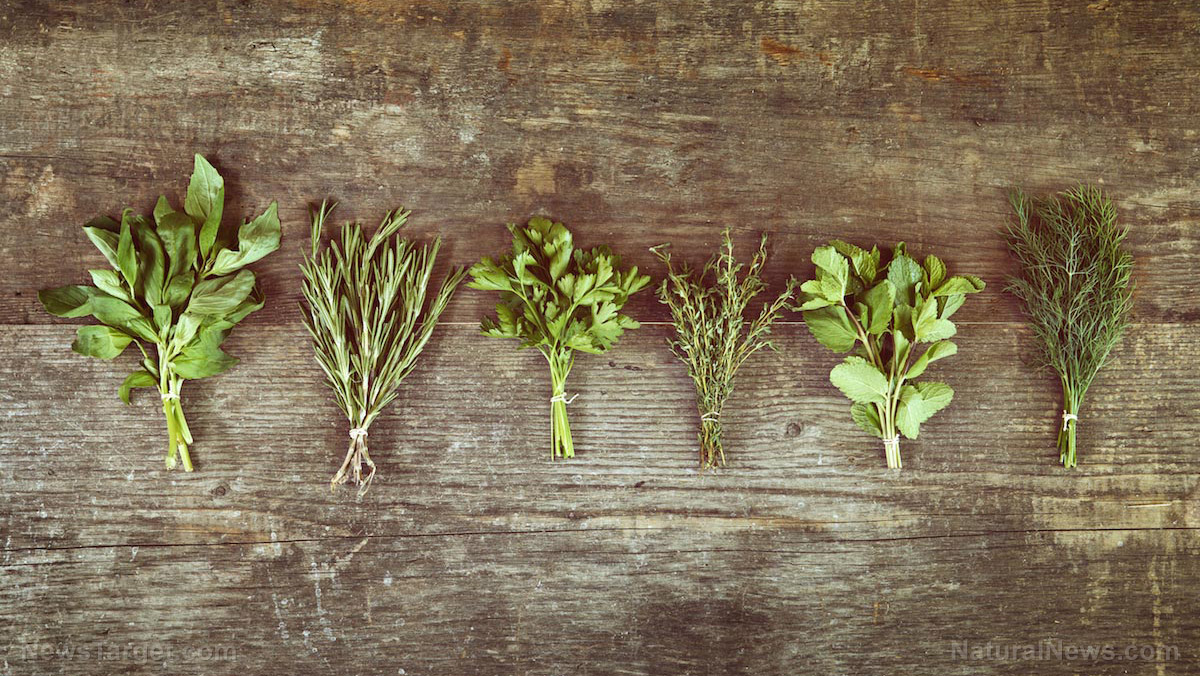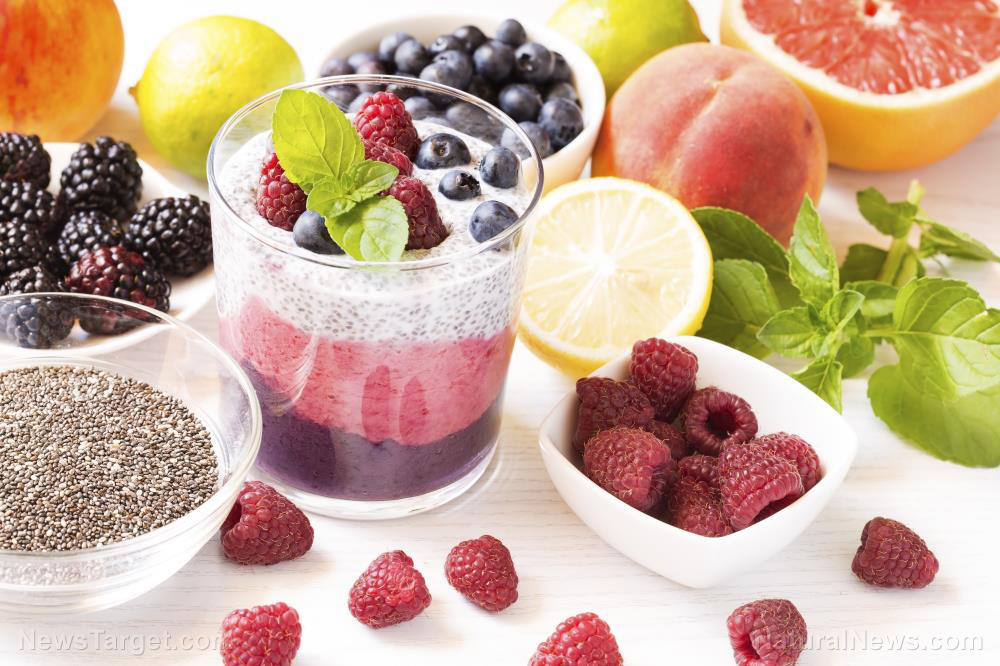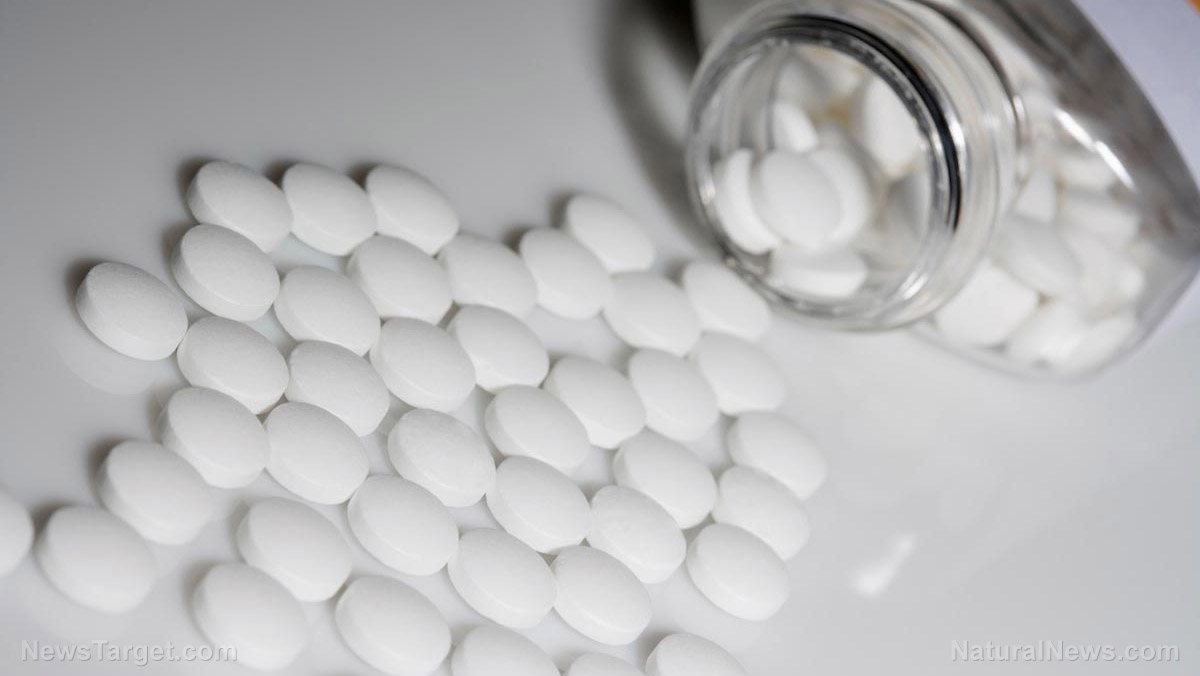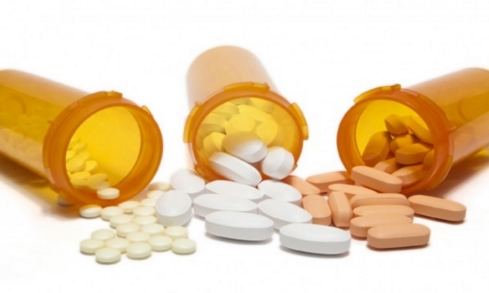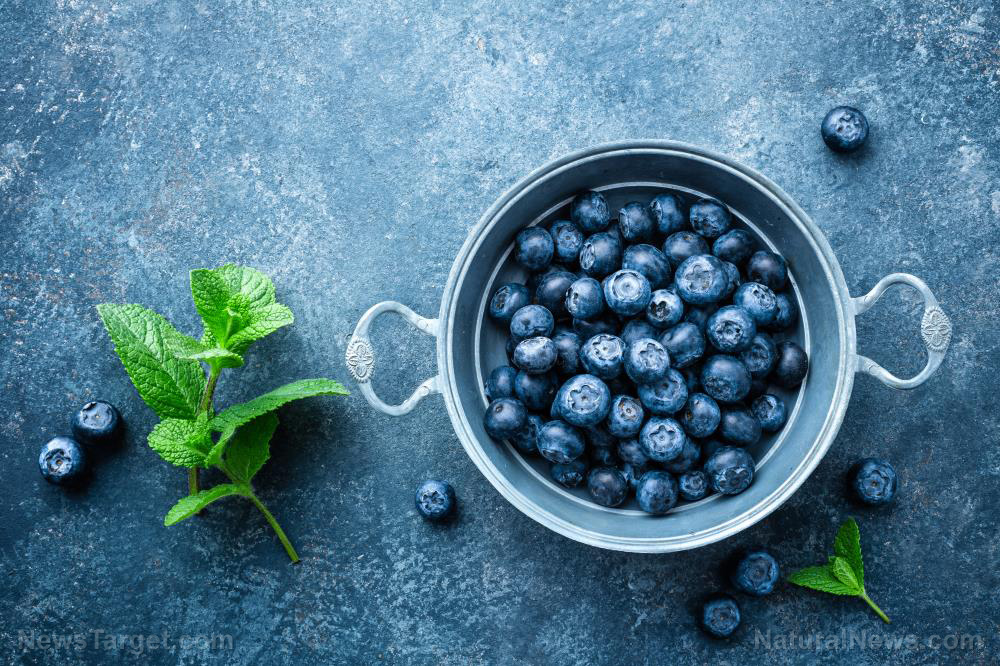What makes red yeast rice heart-friendly? Research finds ingredient that reduces bad cholesterol levels
07/03/2019 / By Evangelyn Rodriguez

Hypercholesterolemia is a well-known risk factor for cardiovascular disease and the main contributor to coronary heart disease. High levels of low-density lipoprotein (LDL-C), for instance, are associated with the risk of atherosclerosis and heart attack. Treatments for these conditions, therefore, focus mainly on reducing total cholesterol and LDL-C levels in the blood. In a recent study published in the journal Nutrition Research, researchers from the Leibniz University Hannover in Germany demonstrated the ability of monacolin K to lower cholesterol levels. Monacolin K is an active compound present in red yeast rice (RYR). The researchers also reported that RYR supplements containing folic acid effectively lowered homocysteine levels in participants with hypercholesterolemia.
Red yeast rice and monacolin K
RYR is a culinary and medicinal product that has been used in traditional Chinese medicine for centuries. It is produced by fermenting white rice with a species of mold Monascus purpureus that is known for its distinct, purplish-red color. Countries like Japan and Korea have also used RYR since ancient times not only as a supplement, but also as food flavoring, food coloring, and food preservative.
Studies reported that RYR contains an abundance of bioactive compounds, such as sterols, isoflavones, monounsaturated fatty acids, polyketides, and monacolins. Monacolins inhibit the enzyme HMG CoA reductase, which is involved in cholesterol synthesis. At least 13 monacolins have been isolated from RYR thus far, with monacolin K being the most well-known and widely studied among them. Monacolin K is chemically identical to the active ingredient found in the cholesterol-lowering drug, lovastatin.
According to the National Center for Complementary and Integrative Health, the composition of RYR varies depending on the yeast strains used to ferment the rice and the culture conditions. Some RYR may contain substantial amounts of moncalin K while others – especially those sold as culinary RYR – contain only trace amounts. Culinary RYR sold in the U.S. is produced using different strains and conditions and are not intended to lower cholesterol.
Numerous studies have demonstrated the health benefits of RYR (not the culinary type). Besides improving lipid metabolism, RYR also lowers blood pressure and exhibits anti-inflammatory, anticancer, antidiabetic, and osteogenic (bone-forming) activities. Unlike lovastatin, RYR does not significantly increase blood glucose; RYR in combination with antioxidants can reduce high sensitivity C-reactive protein and endothelial dysfunction. (Related: Study Shows Red Yeast Rice and Fish Oil Reduce Cholesterol.)
Monacolin K reduces bad cholesterol while folic acid reduces homocysteine levels
Hypercholesterolemia and elevated homocysteine concentrations are associated with cardiovascular risk. Hypercholesterolemia increases a person’s risk of coronary heart disease because excess cholesterol in the blood is deposited in the walls of the arteries. Once these deposits form huge clumps, they could clog the arteries (atherosclerosis) and restrict the flow of blood to the heart, which could lead to heart attack. Homocysteine, on the other hand, is an amino acid that is naturally present in the blood. Having high levels of it, however, is another risk factor for cardiovascular disease because they can damage the walls of the arteries.
Previous studies showed that red yeast rice (RYR) supplements containing 5 to 10 mg of monacolin K can lower cholesterol levels. Therefore, the researchers hypothesized that a low monacolin K dose could reduce low-density lipoprotein–cholesterol (LDL-C) and other plasma lipids. To test their hypothesis, the researchers conducted a randomized, double-blind, placebo-controlled intervention study. They also tested the ability of folic acid to lower homocysteine. Folic acid was included in the study preparation.
The researchers randomly assigned 142 nonstatin-treated participants with hypercholesterolemia (LDL-C ? 4.14 ? 5.69 mmol/L) to either the treatment group or the placebo group. They asked the participants in the treatment group to take 3 mg monacolin K and 200 micrograms (mcg) folic acid per day for 12 weeks. On the other hand, they gave the control group placebos.
The researchers found that intake of monacolin K and folic acid reduced LDL-C by 14.8 percent, total cholesterol by 11.2 percent, and homocysteine by 12.5 percent in the treatment group. They also noted that 51 percent of the participants in the treatment group achieved the limit of LDL-C (<4.14 millimoles per liter, mmol/L) advised, while 26 percent reached the threshold level of homocysteine (<10 umol/L). Meanwhile, they observed no significant changes in the placebo group.
Based on these results, the researchers concluded that taking a low dose of 3 mg monacolin K from RYR daily reduces the concentration of LDL-C, which may reduce the risk for cardiovascular diseases.
Sources include:
Tagged Under: alternative medicine, cardiovascular diseases, cholesterol, disease treatments, folic acid, food cures, food is medicine, functional food, heart health, homocysteine, hypercholesterolemia, LDL cholesterol, low-density lipoprotein, moncacolin K, natural cures, natural medicine, plasma lipids, prevention, red yeast rice, research, supplements, TCM
RECENT NEWS & ARTICLES
ReverseHeartDisease.News is a fact-based public education website published by Reverse Heart Disease News Features, LLC.
All content copyright © 2018 by Reverse Heart Disease News Features, LLC.
Contact Us with Tips or Corrections
All trademarks, registered trademarks and servicemarks mentioned on this site are the property of their respective owners.

